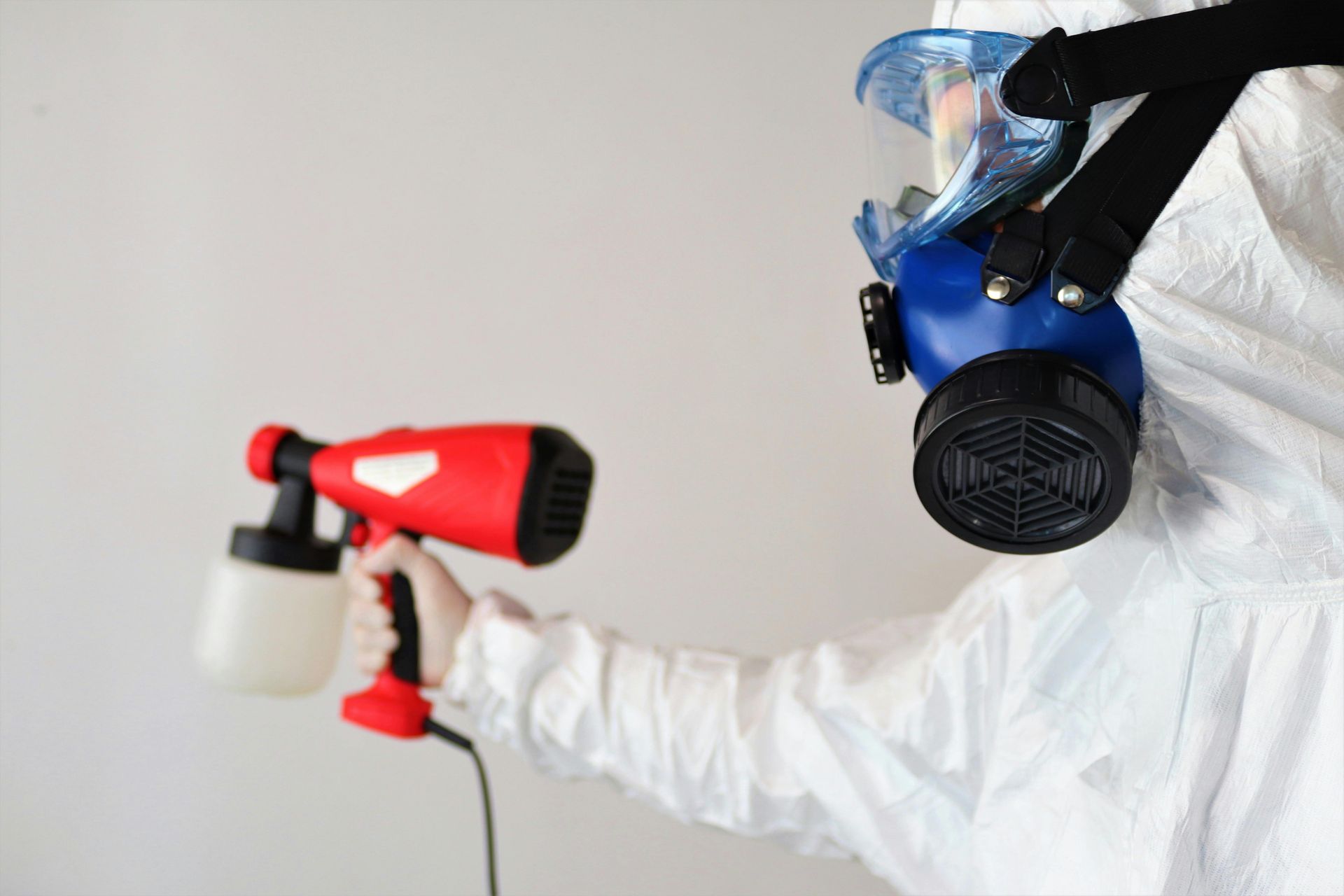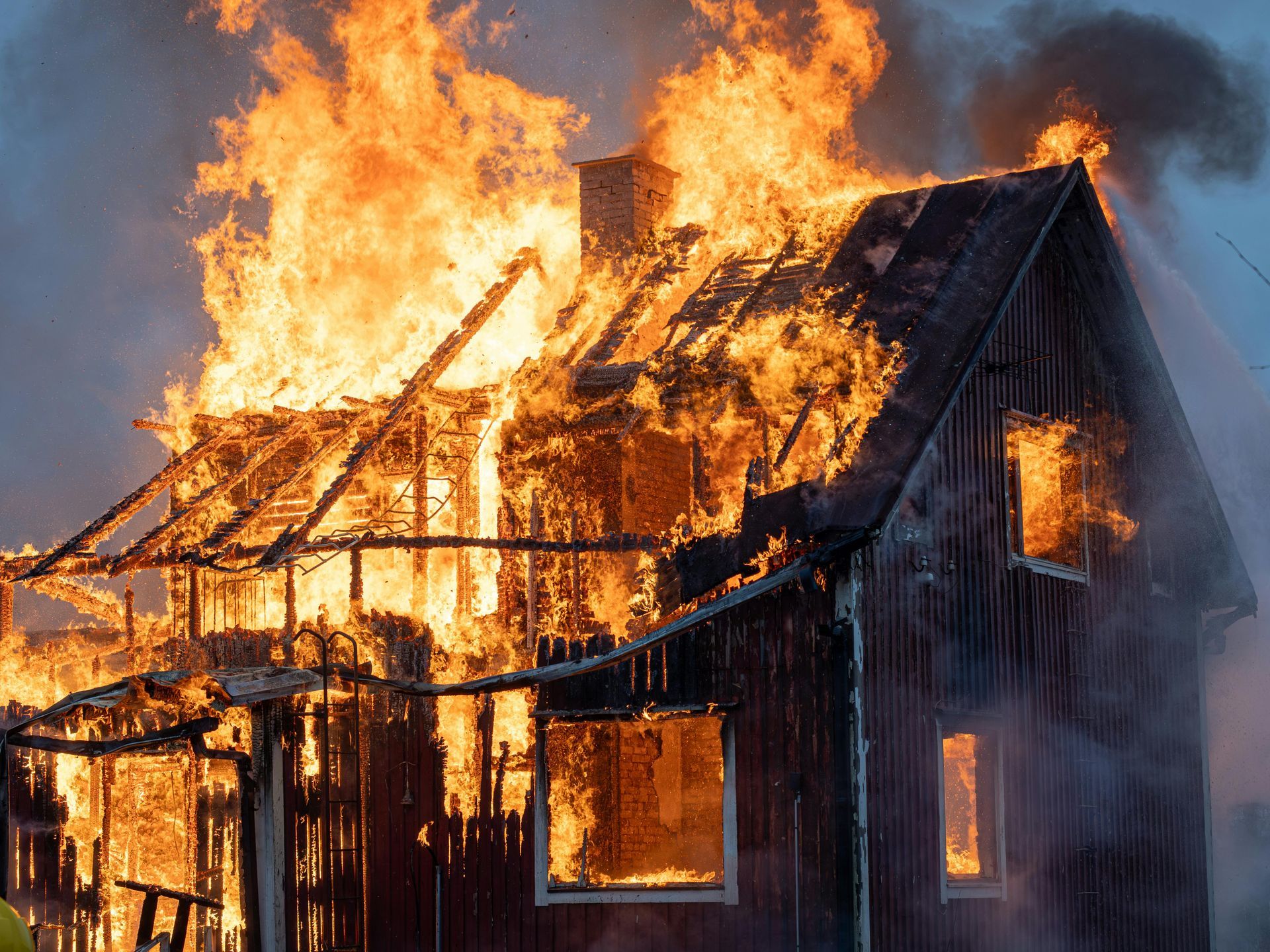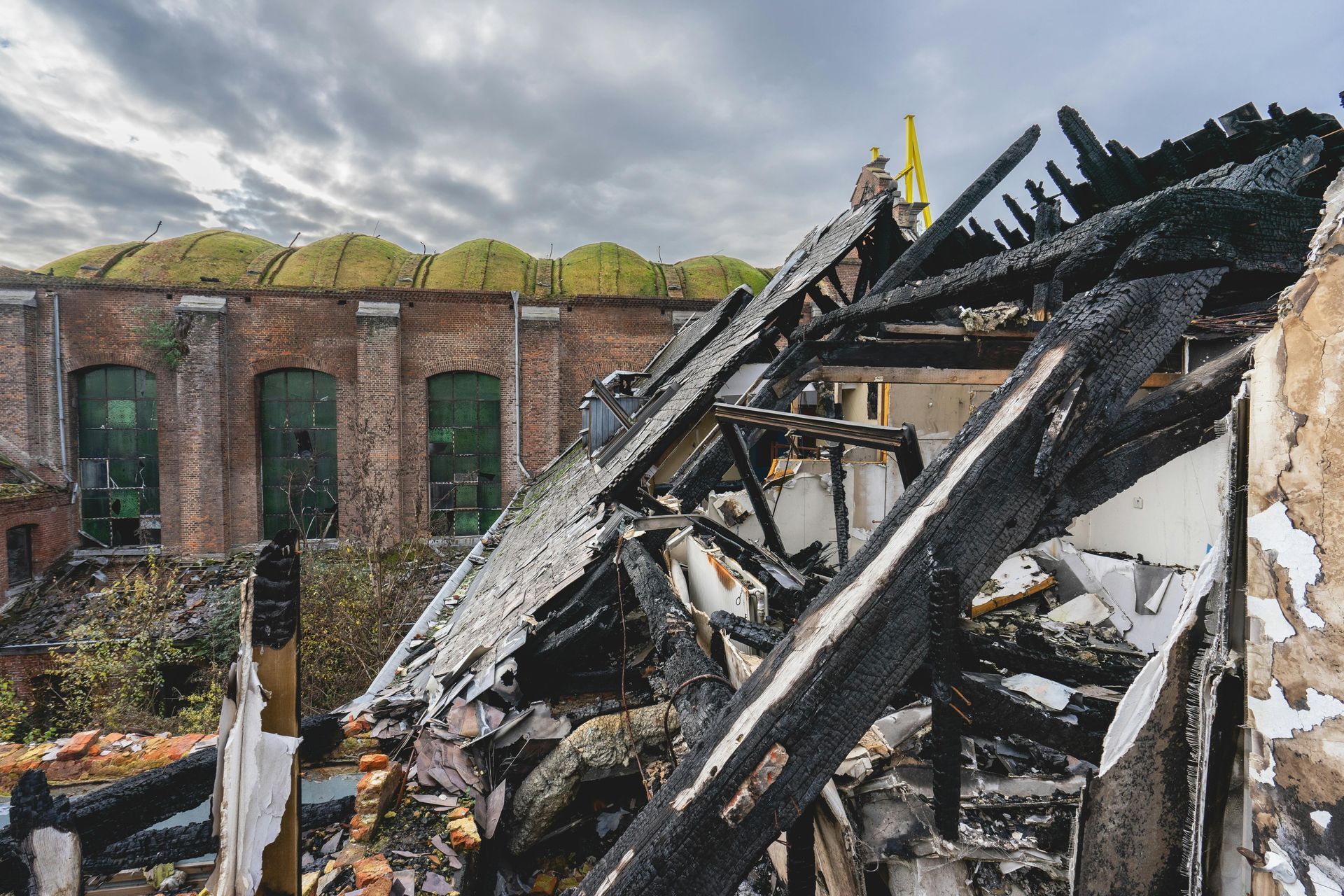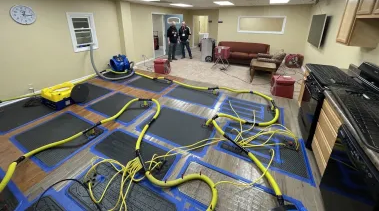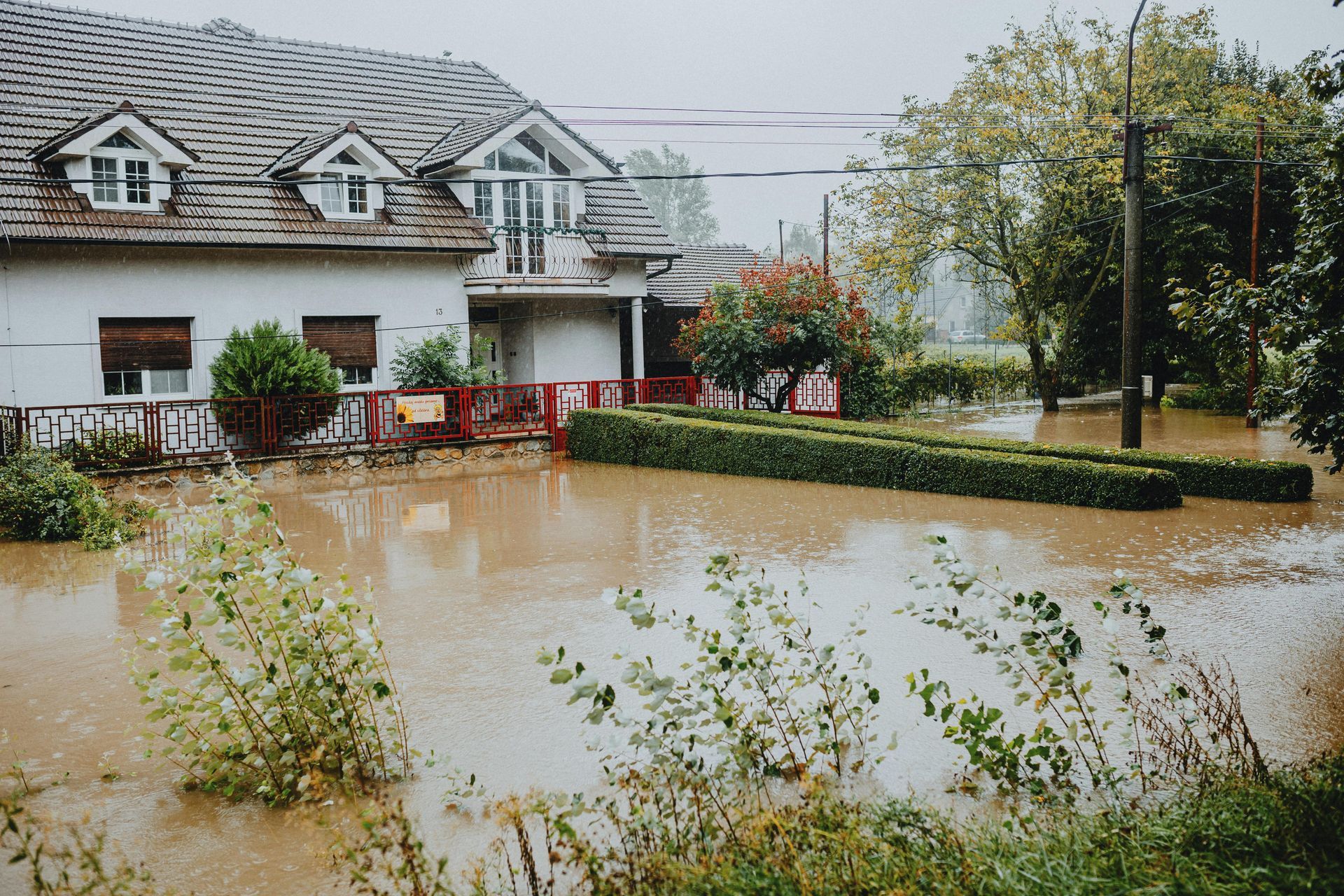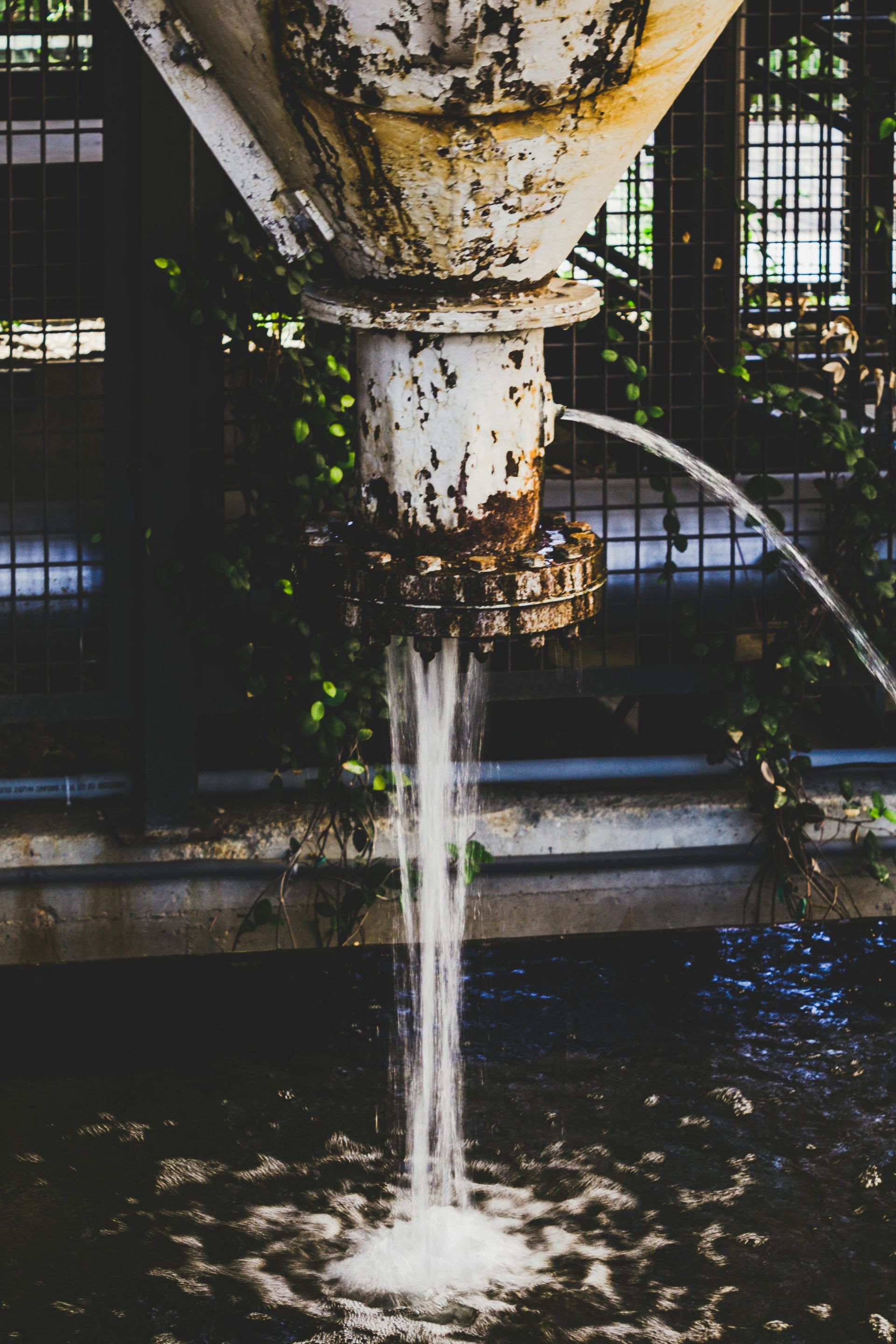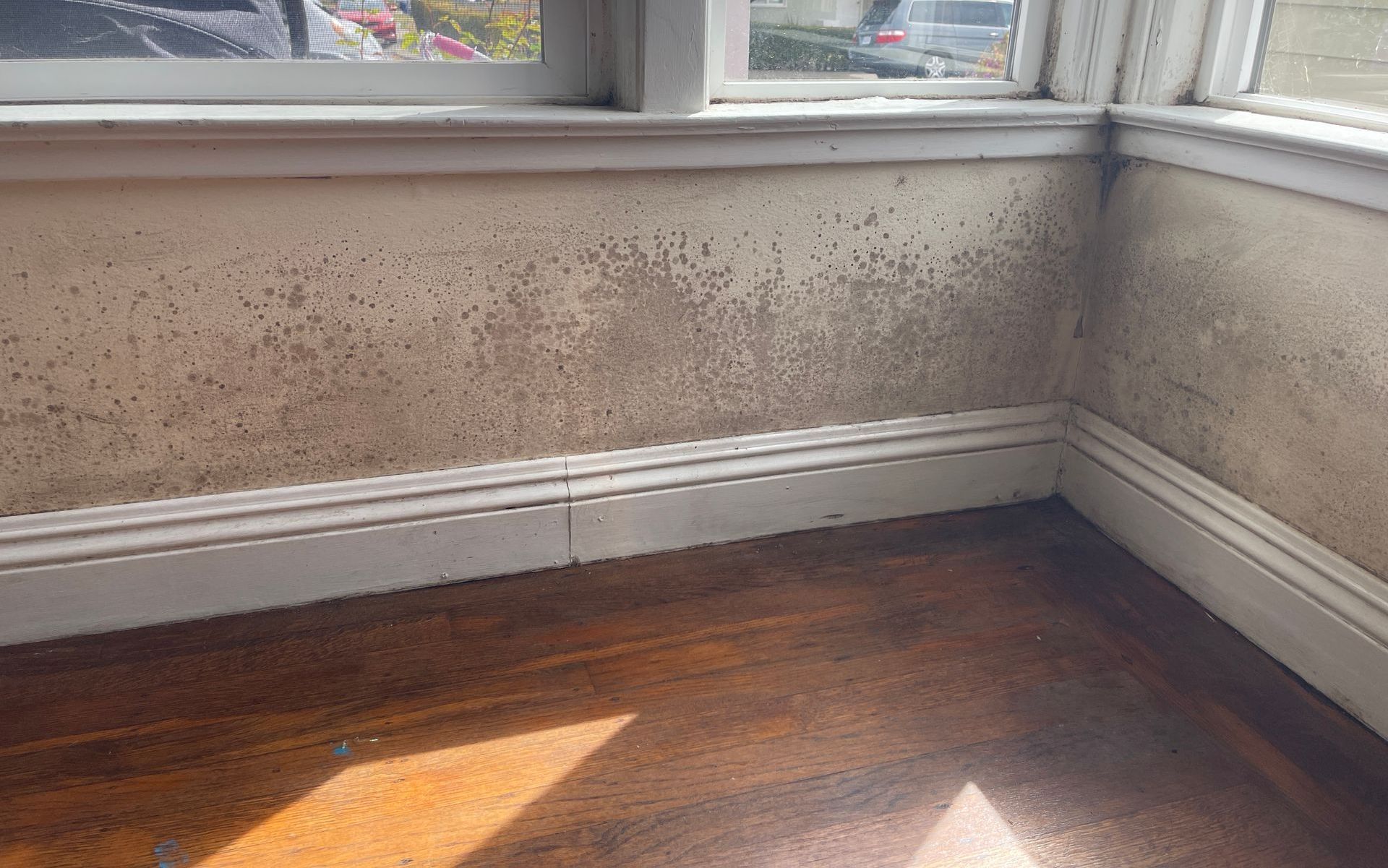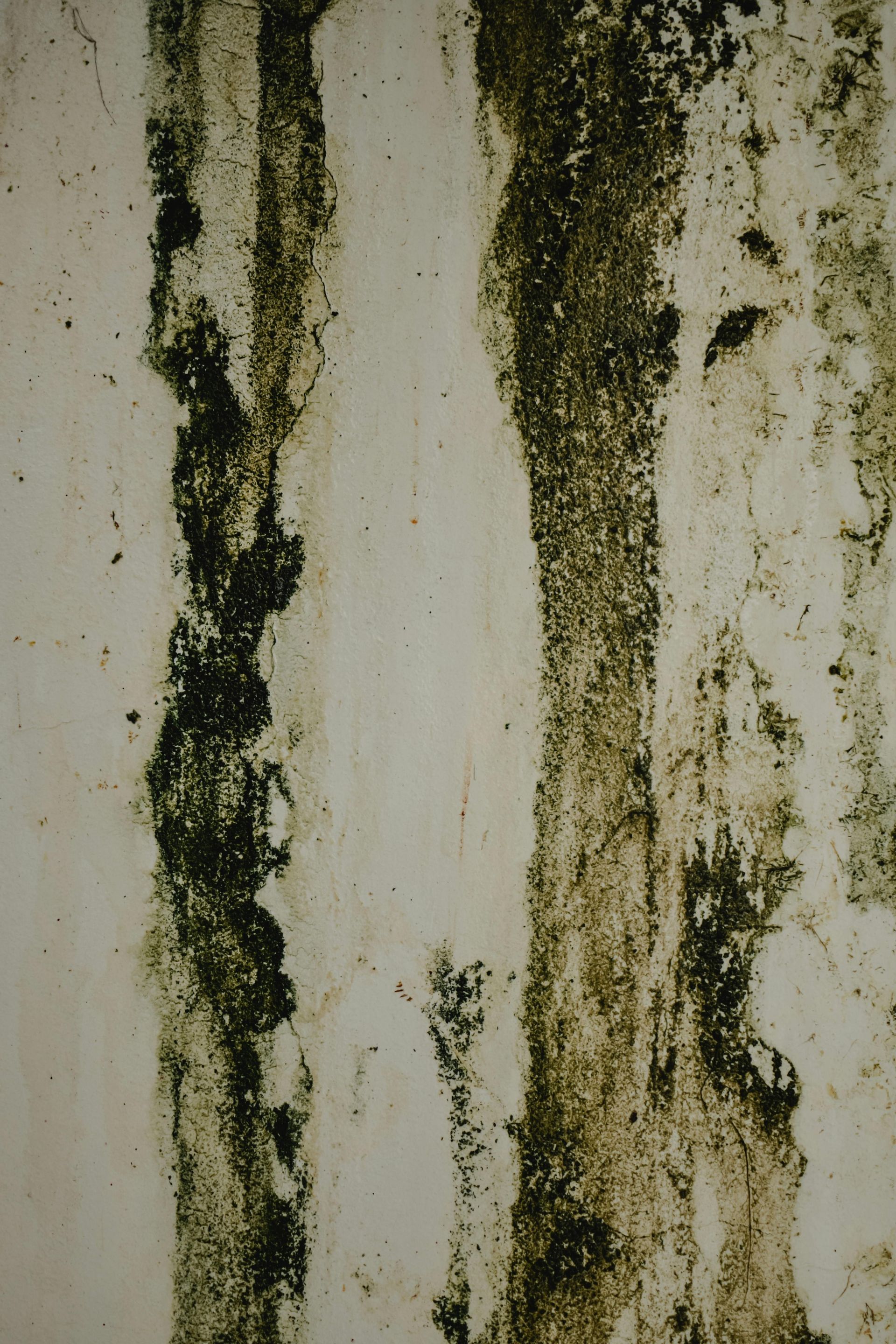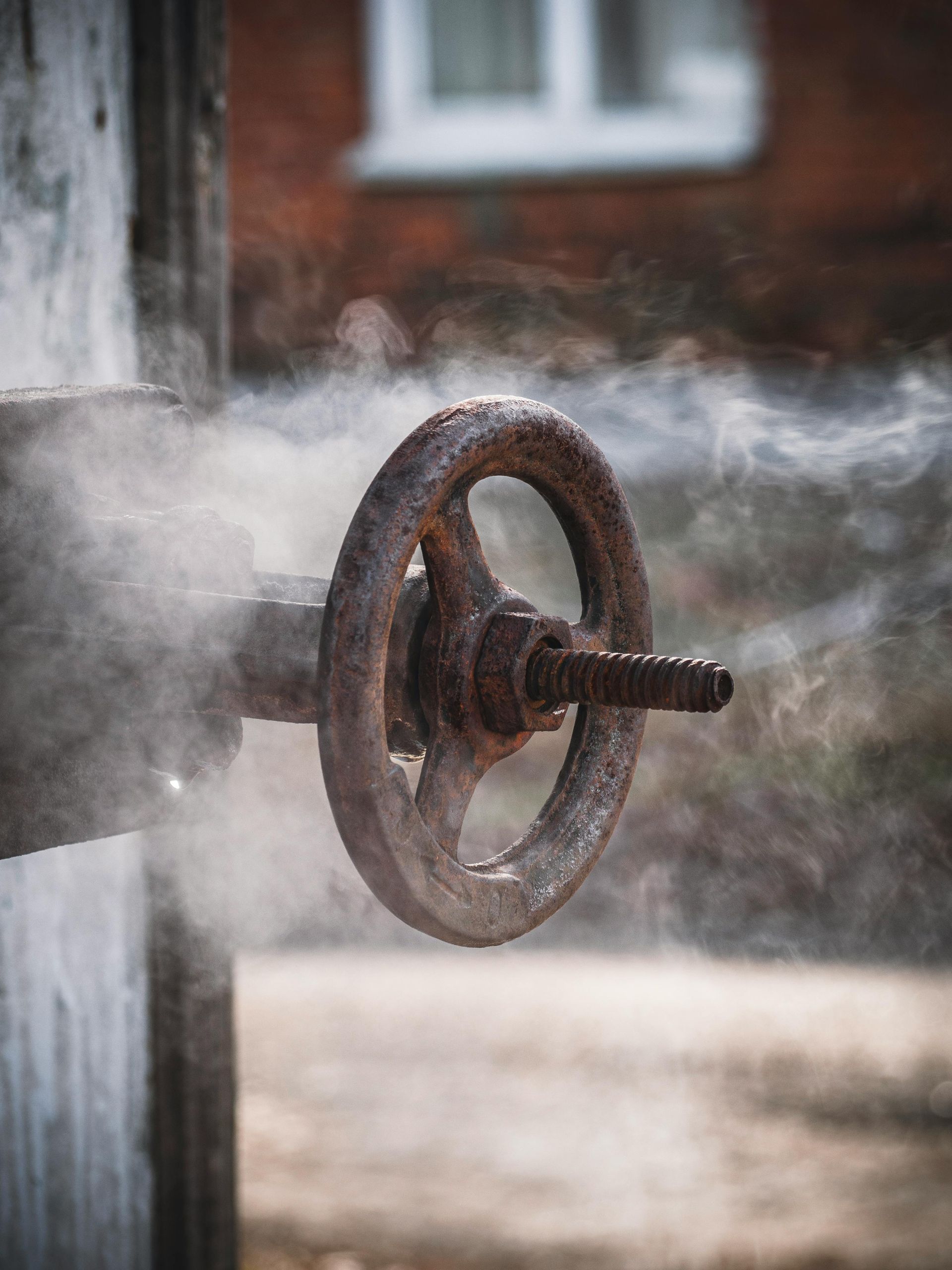House Fire Damage: What to Do After the Flames Are Extinguished
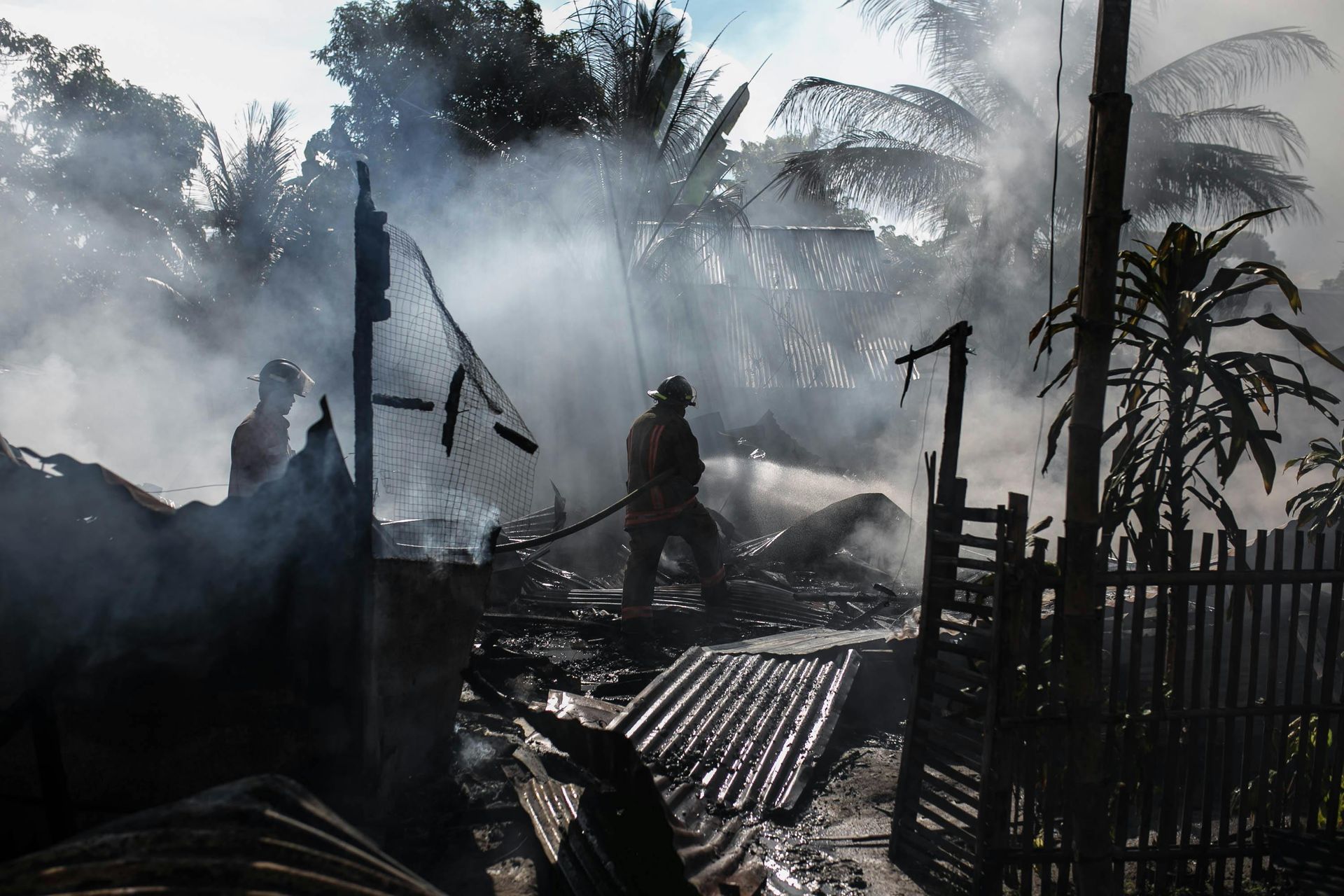
A house fire presents profound challenges, with immediate and long-lasting impacts on the safety, well-being, and financial stability of affected families. House fire damage not only destroys personal belongings and structural elements but also leaves lingering emotional distress. Prompt action is crucial to mitigate further damage and begin the recovery process. In this article, we will guide you through essential post-fire steps, including assessing safety, contacting insurance, and documenting losses. Additionally, we will explore remediation and reconstruction strategies to restore your home safely and effectively. Understanding these critical steps ensures a comprehensive approach to navigating house fire damage recovery.
Step 1: Contact Professionals
In the aftermath of a house fire, contacting professionals is an essential first step in managing the situation effectively. Firefighters, insurance adjusters, and restoration companies play key roles in the recovery process. Firefighters ensure that the fire is completely extinguished and assess any remaining safety hazards. Their expertise is vital not only for immediate safety concerns but also for providing initial reports that could be crucial for insurance claims.
Insurance adjusters are another critical component, as they evaluate the extent of the damage and estimate the cost for repairs and replacement of lost property. Engaging with your insurance provider promptly can expedite the claims process and ensure that you receive the financial support necessary for recovery. Restoration companies help by securing the property, preventing further damage, and beginning the cleanup and restoration process. These professionals have specialized equipment and techniques to address issues such as water damage from firefighting efforts and soot removal.
It is important to select reputable and reliable professionals to work with. Start by seeking recommendations from trusted sources, researching online reviews, and verifying credentials and licenses. Consider asking potential restoration companies for references to gauge the quality of their previous work. Transparency about pricing and a clear timeline for restoration work are also vital factors when selecting a service provider. By collaborating with competent professionals, you can navigate the complexities of recovery with confidence and efficiency.
Step 2: Assess the Damage
Before embarking on any restoration work, it is imperative to thoroughly assess the extent of the damage incurred from a house fire. This assessment provides a crucial foundation for developing an effective restoration strategy and helps avoid costly unforeseen repairs later. Professionals utilize specialized tools and techniques to conduct a comprehensive evaluation of the affected property, ensuring an accurate appraisal of both visible and hidden damage.
One commonly used tool is the thermal imaging camera, which allows experts to detect heat patterns and identify areas where smoldering may still pose a threat. This technology is particularly useful in determining whether any fire risks remain hidden within walls or ceilings. Moisture meters are also employed to ascertain the presence and level of water damage resulting from firefighting efforts, which is essential for preventing mold growth.
During the assessment, professionals may uncover a range of damage types. Structural damage is a significant concern, as the intense heat from a fire can weaken foundational elements and affect the integrity of walls, floors, and roofs. Smoke damage, which can permeate walls, furniture, and fabrics, often requires specialized cleaning techniques to fully eradicate odors and residue. Electrical systems may also suffer damage that necessitates inspection and repair.
By conducting a meticulous assessment, restoration professionals can prioritize tasks, allocate resources efficiently, and ensure a safe, effective recovery process tailored to the specific needs of the fire-damaged property.
Step 3: Secure the Property
Securing the property following a house fire is paramount to prevent further damage and safeguard against theft or vandalism. Once the flames have been extinguished, the structural stability of a home is often compromised, leaving it vulnerable to additional harm from environmental factors or unwanted entry. Addressing these vulnerabilities promptly ensures the integrity of the property during the crucial restoration phase.
Professionals employ several strategies to secure a fire-damaged property effectively. Boarding up windows and doors is a common practice that provides a physical barrier, deterring potential intruders and minimizing exposure to weather conditions. Specialized plywood boards are often used for their strength and durability, ensuring that openings are adequately sealed. Furthermore, installing temporary fencing around the perimeter of the property serves as an additional deterrence against unauthorized access. This measure not only prevents theft and vandalism but also protects the public from potential hazards present on the site.
In certain situations, securing the property may involve additional steps, such as installing temporary roof tarps to prevent water damage and using security lighting to illuminate the area during nighttime. Security cameras can also be useful in monitoring the site and providing evidence in case of unauthorized intrusion. These comprehensive measures not only protect the property but also allow restoration efforts to commence in a secure environment. By diligently securing the property, homeowners can focus on the recovery process with peace of mind, knowing that proactive steps have been taken to deter further loss.
Step 4: Water Extraction and Drying
Water extraction and drying are critical steps in mitigating damage caused by firefighting efforts and preventing further issues such as mold growth. Professionals begin the process by utilizing high-powered pumps and vacuums designed for efficient water removal. The choice of equipment often depends on the volume and location of water accumulation. Submersible pumps are commonly used for areas with substantial water collection, swiftly transferring excess moisture away from the site. For less accessible or more confined spaces, specialized wet/dry vacuums effectively extract residual water from floors and carpets.
Once the majority of water has been removed, the focus shifts to thoroughly drying the affected area. Industrial-grade dehumidifiers and air movers play an essential role in this phase. Dehumidifiers reduce ambient humidity, promoting faster evaporation of remaining moisture, while air movers circulate air to expedite drying and prevent the settling of water vapor on surfaces. This comprehensive approach ensures that hidden water pockets within structures or furnishings are effectively addressed.
Homeowners can support the drying process by implementing additional measures. Opening windows allows for increased air circulation, helping to disperse moisture more rapidly. The strategic placement of fans can further enhance airflow and aid in drying those hard-to-reach spots. However, it is vital to avoid using household heaters, as they may raise the risk of fire or result in uneven drying patterns. By combining these efforts with professional expertise, a property can be restored to a safe and habitable condition.
Step 5: Cleaning and Sanitizing
Cleaning and sanitizing the affected area is imperative to prevent the growth of mold and harmful microorganisms that thrive in the warm, moist environment left by a fire. This process involves the careful removal of ash, soot, and other residues that can harbor these unwanted elements. Professionals employ various cleaning agents and techniques tailored to effectively address these challenges. Mild detergents and specialized cleaning solutions break down soot and smoke residues, while disinfectants eradicate bacteria and mold spores to ensure a hygienic environment.
In addition to cleaning, sanitization efforts often involve the use of air scrubbers equipped with HEPA filters. These devices purify the air by capturing microscopic particles, including mold spores and bacteria, thus improving indoor air quality. Surface sanitation may entail applying antimicrobials to inhibit mold growth on walls, floors, and furnishings, safeguarding the property against future outbreaks.
To prevent cross-contamination and protect health, professionals meticulously contain the affected areas during the cleaning process. This can include installing containment barriers and using negative air pressure machines to ensure no airborne contaminants spread to unaffected parts of the property. Additionally, workers are often equipped with personal protective equipment, including masks, gloves, and protective clothing, to avoid exposure to hazardous materials. These comprehensive measures not only ensure the thorough cleaning and sanitization of the damaged space but also uphold the well-being of occupants and restoration personnel alike.
Step 6: Restoration and Repairs
Restoration and repairs are paramount in reclaiming the functionality and aesthetics of a fire-damaged property. This phase involves the strategic replacement of materials such as drywall, flooring, and insulation, which may have been compromised during the fire or subsequent mitigation efforts. Selecting appropriate materials is critical to ensure durability and alignment with the property's existing architecture and design. Professionals guide homeowners through this decision-making process, balancing factors like cost, aesthetics, and resilience to select materials that serve both functional and aesthetic purposes.
Once the structural integrity has been restored, attention turns to refinishing surfaces. Painting, staining, or other finish applications are crucial in providing a cohesive and fresh look. These finishes not only enhance visual appeal but also protect surfaces from future wear and tear. Professionals possess the necessary skills to match colors and textures that complement the surviving elements of the property, ensuring a seamless appearance.
Collaboration with skilled restoration professionals is vital to ensure that all work meets safety standards and building codes. These experts bring comprehensive knowledge of construction protocols, ensuring that renovations are performed safely and efficiently. Professionals also liaise with insurance companies, handling documentation and claims processing to alleviate stress from homeowners.
Expert involvement in the restoration process guarantees that the work is executed to a high standard, safeguarding both the property's longevity and the homeowner's financial interest. This collaborative approach also provides peace of mind, assuring homeowners that their property is fully revitalized and secure for future habitation.
Step 7: Communicate with the Insurance Company
Effective communication with the insurance company is crucial throughout the restoration process following smoke damage to ensure successful claims processing and coverage. Engaging with insurance adjusters early on facilitates the smooth handling of claims by providing accurate assessments and documentation of the damage. Adjusters play a pivotal role in evaluating the extent of smoke damage and coordinating with restoration professionals to ensure that all necessary repairs are covered under the policy. Their expertise helps homeowners navigate the complexities of insurance policies and identify coverage specifics related to restoration work.
To optimize communication with insurance companies, property owners should promptly notify their insurer after smoke damage occurs, supplying detailed descriptions backed by photographs or videos. It is advisable to maintain a meticulous record of all communications, including emails, phone calls, and meeting notes, to create a robust evidence trail. Providing comprehensive estimates from qualified contractors can further substantiate claims, showcasing a clear picture of the required restorations.
Additionally, understanding policy limits and exclusions is essential to avoid surprises. Homeowners should proactively discuss with their adjuster to clarify any uncertainties regarding coverage. Requesting written confirmations from the insurance company on agreed settlement terms and covered services can prevent future disputes. By prioritizing transparent, informed dialogue and rigorously organizing documentation, property owners can enhance their claims' success, leading to efficient recovery and restoration of the smoke-damaged property to its former state, both aesthetically and structurally.
Professional Help From Green State Restoration
Restoring a fire-damaged property involves meticulous cleaning, sanitization, and repairs, ensuring safety and aesthetic coherence. Engaging with skilled professionals, such as Green State Restoration, is vital for a seamless process, from handling insurance claims to executing restorations that meet safety standards. Effective communication with insurers and comprehensive documentation is essential to facilitate successful claims. Green State Restoration provides expert guidance and solutions tailored to every client's needs. Contact us today to ensure your property is returned to a safe, inhabitable state, with peace of mind knowing every aspect is handled professionally.
